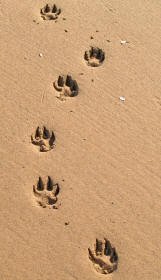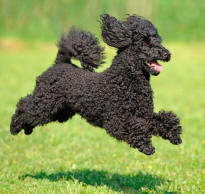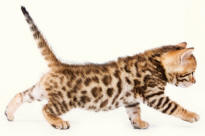Glossary

Suspension Phase
A phase of a gait when all four feet are off the ground.


Trail
Series of traces made by, and left behind by, an organism.
Includes track and sign.

Trail of a dog in sand.
Includes track and sign.

Trail of a dog in sand.
Transverse Gallop Pattern
Trail of a gallop that has a single suspension phase, and is characterized by the following footfall sequence:
1. right hind foot
2. left hind foot
3. right forefoot
4. left forefoot
5. a single collected suspension (all feet airborne and gathered under the body)
1. right hind foot
2. left hind foot
3. right forefoot
4. left forefoot
5. a single collected suspension (all feet airborne and gathered under the body)
Supported Gallop
A gallop in which at least one limb in on the ground at any one time.
This is more usually known as a canter, and is contrasted with the (full) gallop.
This is more usually known as a canter, and is contrasted with the (full) gallop.
Footfall
Footstep(s). The setting down of feet upon the ground.
The pattern of footfall constitutes the gait.

The pattern of footfall constitutes the gait.

Ipsilateral
Relating to the same side of the body.
For example, ipsilateral limbs are limbs that are on the same side of the body.
For example, ipsilateral limbs are limbs that are on the same side of the body.
Rotatory Gallop
The fastest gait of an animal; sighthounds can reach 60 km/hr.
There are two suspension phases in each stride.
This leaping gait is exemplified by sighthounds and the cheetah.
Trunk flexion increases stride length, and therefore speed.
There are two suspension phases in each stride.
This leaping gait is exemplified by sighthounds and the cheetah.
Trunk flexion increases stride length, and therefore speed.
Title9
text





